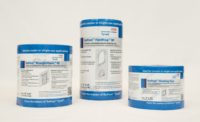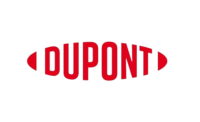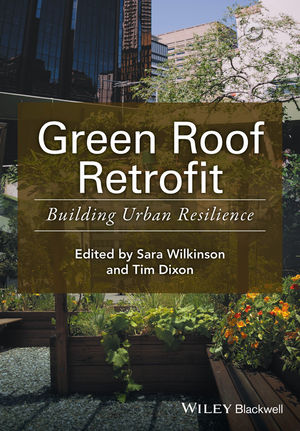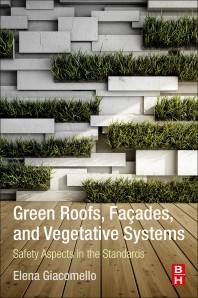DuPont Publishes Embodied Carbon of Extruded Polystyrene (XPS) Products Available in Canada
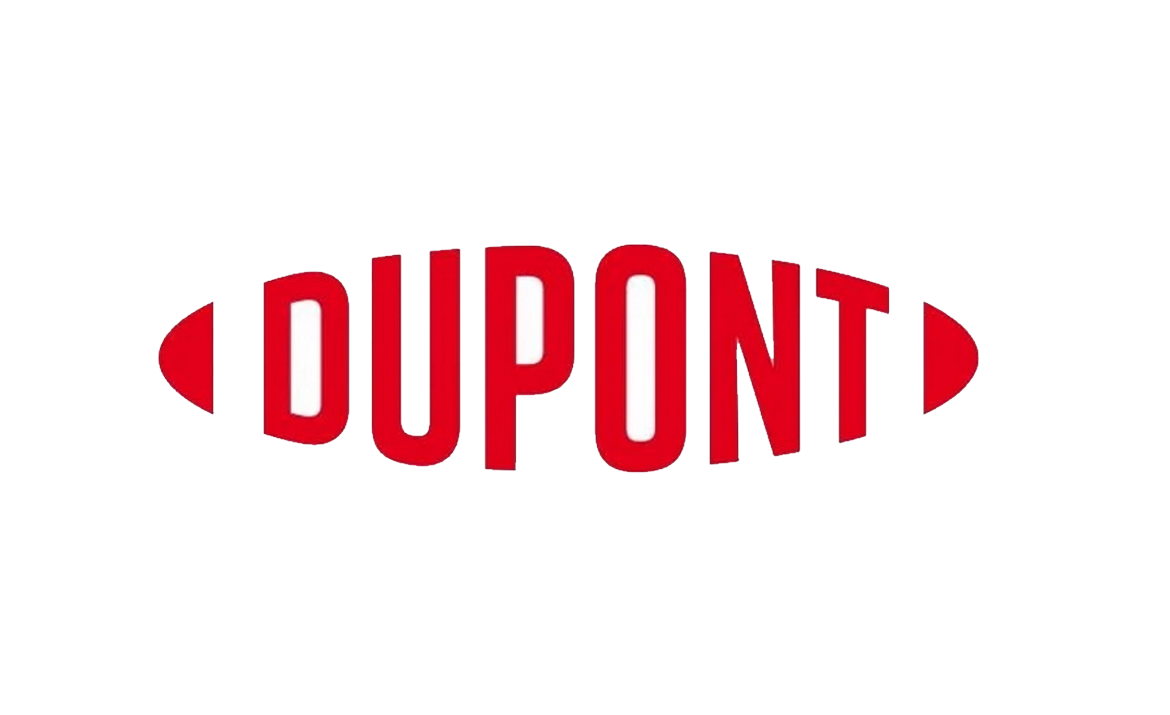
WILMINGTON, Del. — DuPont Performance Building Solutions has achieved significant progress in partnering with industry stakeholders, Canadian architects, engineering and contractor (AEC) professionals to make sustainability a reality with safer, constructible solutions that have reduced embodied carbon.
DuPont believes it is important to look beyond simplistic, popular single attributes and support holistic, data driven design principles to develop lasting, sustainable solutions for buildings. DuPont verifies the performance, quality assurance and environmental impact of Styrofoam products through leading certification agencies, such as UL Environment.
Along with other Canadian extruded polystyrene (XPS) boardstock foam insulation manufacturers, DuPont introduced a reduced-GWP Styrofoam Brand XPS in Canada as of Jan. 1, 2021, while reaffirming its commitment to energy efficiency as a key driver to reducing carbon emissions throughout the industry. Each manufacturer is taking a different path to comply with Canadian HFC regulations. DuPont is taking a phased approach to ensure reliable operations and supply continuity as it converts its XPS production facilities across North America. DuPont is also diligent in ensuring local provincial regulation compliance.
The Quebec Regulation respecting halocarbons (Q-2, r.29) amends Section 39, stating:
- As of Jan. 1, 2021: Prohibits manufacturing plastic foams or a product containing a GWP of more than 150, except in the case of having an Essential Use Permit by Canada.
- As of July 1, 2021: Prohibits the sale or distribution of such a foam or such a product within the Province of Quebec.
DuPont complies with this and other regulations in effect across Canada.
Embodied Carbon Impact
DuPont's reduced-GWP Styrofoam has achieved a significant reduction in embodied carbon relative to previous DuPont products, as demonstrated in published product Environmental Product Declarations (EPDs). Despite some competitor marketing claims, DuPont Styrofoam brand XPS in Canada has a published embodied carbon value that is similar to other leaders in the XPS category. The published embodied carbon values for Styrofoam are based on an independent, peer-reviewed Life Cycle Assessment (LCA) conducted according to the required product category rules for insulation.
"We're excited by the reductions in embodied carbon in our reformulated Styrofoam brand products and are delighted to share that information through the EPDs that we've published for our products," said Shawn Hunter, global sustainability director, DuPont Performance Building Solutions. "A third party verified EPD is the only approach that allows product manufacturers to communicate credible, LCA-based information regarding their products. When comparing EPDs from different manufacturers, it's critical to compare with caution as the ISO standards guide us, due to the complexity in modeling product life cycles and the general lack of quantified uncertainty in the reported values."
To clarify the EPD information available to architects and engineers, DuPont has published the most current embodied carbon information for Canadian XPS products on BeyondBlue.DuPont.com. The data are based on verified EPDs and LCAs to simplify the comparisons and help architects, consultants and engineers build sustainable communities. Designers should be wary of any GHG comparisons not backed by peer-reviewed LCA and verified EPD that applies standardized LCA methodology and includes all modules of the required Product Category Rules (A1-A3, B1, and C1-C4) spanning the full life cycle of the product.
DuPont's 2030 Sustainability Commitment
In addition to reformulating products across its Styrofoam Brand XPS Insulation portfolio, DuPont's Performance Building Solutions business has committed to an aggressive 75% reduction in GHG emissions from operations by 2030, compared to 2019 figures. The commitment includes the introduction of reduced embodied carbon products through product innovation.
The insulation product reformulations are part of the company's "Acting on Climate" goal to achieve a 30% GHG reduction in its operations by 2030 relative to 2019 and to achieve carbon neutrality by 2050.
For additional information about our new reduced-GWP Styrofoam Brand XPS Insulation, our conversion program and commitment to sustainability, please visit BeyondBlue.DuPont.com.
Looking for a reprint of this article?
From high-res PDFs to custom plaques, order your copy today!



